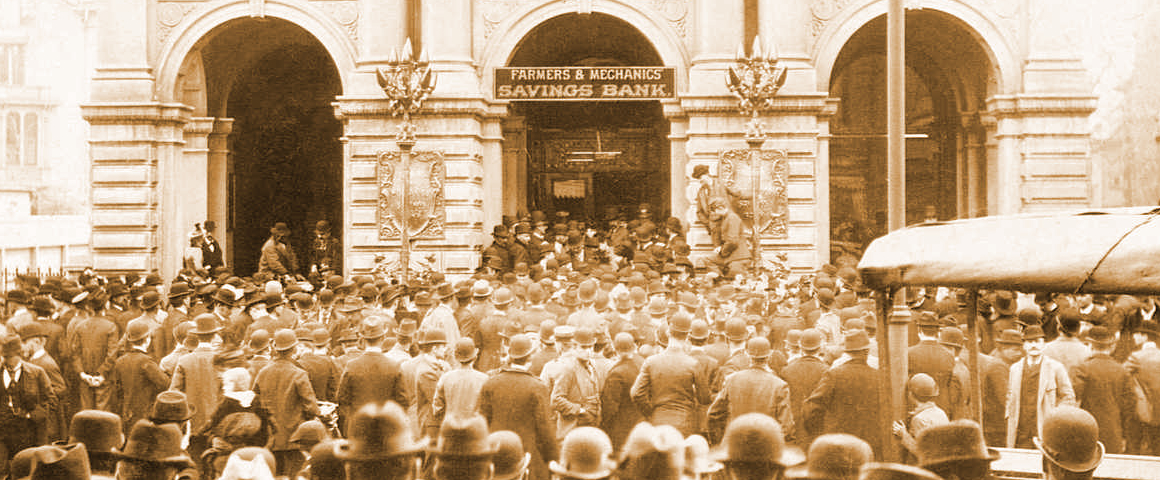PV staff
Within seconds, it seemed, of the SVB bank failure in the US, banks and business editors in Canada filled the airwaves with narratives about how it couldn’t happen in this country. Headline after headline assured us that “our banking system is much more stable than the American one,” and that working people here have nothing to worry about.
But maybe we do have something to worry about.
Thinking back to the 2008-09 financial crisis, which was characterized by another string of US bank failures, workers in Canada didn’t exactly come out unscathed. It’s true that Canada experienced that recession quite a bit later than the US and several other countries, and it’s also true that this country didn’t see a repeat of the Lehman Brothers failure. But working people suffered mightily.
Within eight months, the 2008-09 recession was destroying jobs at a similar rate as in the 1981-82 recession and greater than the 1990-91 recession. By the fall of 2009, job loss in Canada was proportionally greater than in the US, even though the recession had been going on there for over a year.
In the six months between October 2008 and April 2009, almost 406,000 full-time jobs were destroyed in Canada. Official unemployment rate was 8.4 percent, meaning that more than 1.5 million people were looking for work. But the real picture was even worse. The Canadian Centre for Policy Alternatives wrote that “counting those who have given up looking and have dropped out of the work force, those working part-time but who want full-time employment, 12.4 percent of the work force, or 2.3 million Canadians, are unemployed.”
At the same time, due to massive job loss as well as huge losses in savings, working people in Canada experienced widespread personal bankruptcies, credit defaults and home foreclosures. Retirement investments were thrashed, and private sector defined-benefit pension plans were threatened, many of them eventually being lost.
Then, as now, the government chose to bail out and shore up corporations, with the argument that doing so meant saving jobs for the rest of us. Of course, they used public money to do this. And of course, while corporate wealth and power stabilized (and proceeded to grow beyond pre-recession levels), working people had to scrape by as best they could with diminished returns.
It was a moment of massive transfer of wealth – billions upon billions of dollars – from the working class to capital. All accomplished without the nuisance of a Canadian bank failure.
Maybe the business editors are right, and we won’t see bank failures here this time either. But we’ll certainly feel the pain of the underlying financial crisis and coming recession. As we head into yet another round of turmoil, it’s time for workers to think beyond government approaches that save the day for capitalism, private profit and the very rich. We can’t afford another round of losses like we experienced in 2008-09.
As C.J. Atkins wrote in People’s World, “There is no emergency fund to help families who are unable to afford their mortgages because of exploding interest payments. There are no bottomless buckets of cash for the people who can’t afford groceries. And … there won’t be any bailout fund for all the people who will be hit by their own personal financial crises.”
It’s time to start pressing for government intervention that protects our interests – our jobs, our wages, our pensions, our homes, our future.
A good place to start would be nationalizing the banks and implementing financial policies that promote full employment, housing for all, climate justice and a future for young people.
Get People’s Voice delivered to your door or inbox!
If you found this article useful, please consider subscribing to People’s Voice.
We are 100% reader-supported, with no corporate or government funding.




